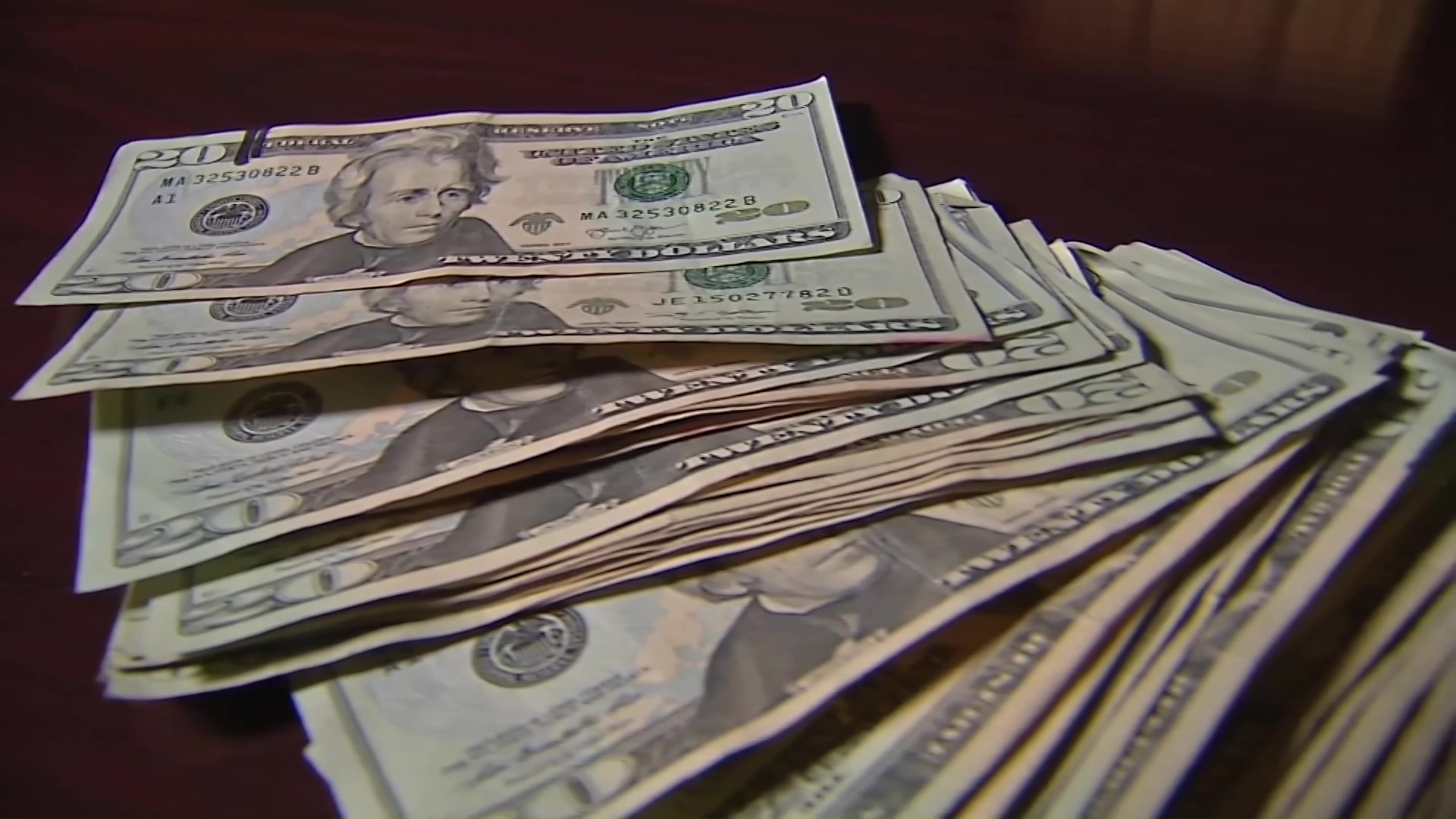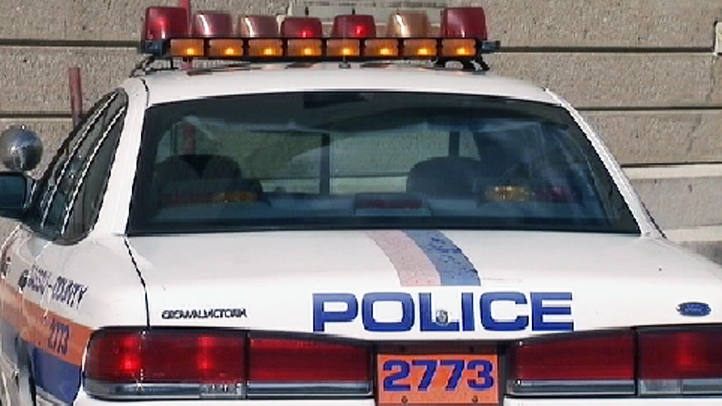With about a week to go before the beginning of the new school year, New York City officials have announced a new slate of strategies to combat swine flu --including offering students free vaccines for seasonal and H1N1 flu.
Reassuring parents of their kids' safety is an even more difficult task in light of a recent study that found one in 10 New Yorkers – or about 800,000 people -- had swine flu this spring. The study, due out this week, finds the virus affects young adults and children at higher rates than the seasonal flu. And since few people have developed immunity to the new flu strain, it spreads rapidly, making public schools a breeding ground for infection.
"Like any virus, it could spread quickly, but unlike the seasonal flu, we think it will appear more in the young," Mayor Michael Bloomberg said at a press conference today.
Bloomberg held a news conference this afternoon with city Health Commissioner Thomas Farley and other officials to outline the city's strategy for dealing with swine flu in the fall -- a multipart strategy that does not include school closures.
"There's no indication that the virus will be more virulent than what we saw in May and June, but we do have contingencies in place," Bloomberg said.
What kind of contingencies? The city will offer free flu mist and flu shots for H1N1 to elementary school students whose parents want them to receive it; encourage New Yorkers to get flu shots for H1N1 and seasonal flu; help people with flu-like illnesses manage their symptoms and find care; work with hospitals to ensure the availability of expanded emergency room capacity if it is needed; and designate primary-care clinics as"flu centers” that can give flu shots, information and outpatient care.
The guidelines stem from the recommendations of 15 interagency working groups that have collaborated throughout the summer to find ways to combat the spread of swine flu and its deleterious effects.
“Today is the first of what will be many efforts to keep New Yorkers informed about what we are doing to prepare for the return of the H1N1 and seasonal flu,” Bloomberg said in a statement. “We can’t predict this year’s flu season, but we can make sure that City government is fully prepared for whatever happens.”
The city also plans to rack rates of flu-like illness and its different variations, post updates on the city's new flu web portal, provide public reports listing schools with multiple cases of the flu and launch an intensive influenza-prevention campaign in the public school systems.
"Our key goal this fall will be to keep schools open and in session even if some students come down with the fall," Bloomberg said. "Shuttering schools will be a last resort because it will cause major disruptions, like forcing parents to skip work."
In addition to the city's strategy within the public school system, Bloomberg said New York would provide consultation with nurses through 311. prepare volunteer health professionals for emergency activation and make sure medical supplies are abundant and readily accessible.
As he's done multiple times over the last few months to combat public fear about swine flu, Bloomberg made sure to mention that H1N1 has been less dangerous than the common seasonal flu.
"Even as we prepare for the additional challenges of H1N1, we have not lost sight of the fact that we're also facing the return of the seasonal flu, which so far has been much more dangerous than H1N1, even though H1N1 has captured the public's fancy."
More than 50 New Yorkers have died since the swine flu epidemic broke out, but most of the victims have had underlying conditions -- most, but not all.
For example, Ryan Johnson -- an NYPD patrolman from Long Island -- died of complications from swine flu. His parents say his symptoms were not typical of the flu.
Local
"No fever, no coughing -- just chest pain," said Johnson's mom, Barbara. "I just want people to know this is happening without any underlying disease."
Frustrated by what they perceive as insufficient action from city officials, some school administrations have taken matters into their own hands.
The Glen Cove School District in Long Island, for example, advocates a "no-touching" policy. That means no hugs, no handshakes, no high-fives among students -- a stringent measure some critics argue is unrealistic.
"To say 'don't touch each other, don't high-five' makes more of a hysteria about getting [swine flu] and panics them that they can't high-five their friends anymore," said Brittany Grimaldi, student of the nearby Jericho school district, said.
There are plans for mass distribution of a swine flu vaccine and anti-viral medicines to help those at high risk for contracting the virus, but the vaccine may not be ready until mid-October. And the vaccine itself could provoke dangerous complications.
The Centers for Disease Control and Prevention and the American Academy of Neurology are asking doctors to monitor people who get the swine-flu vaccine to ensure they don't come down with a rare, life-threatening illness -- Guillan-Barre Syndrome.
Guillan-Barre Syndrome, which causes muscle weakness and paralysis in severe cases, was linked to the swine flu vaccine distributed in the 1970s. Health officials say they haven't been notified of any Guillan-Barre cases linked to the current swine-flu vaccine, but they want to keep tabs on those who receive it as a precautionary measure.



